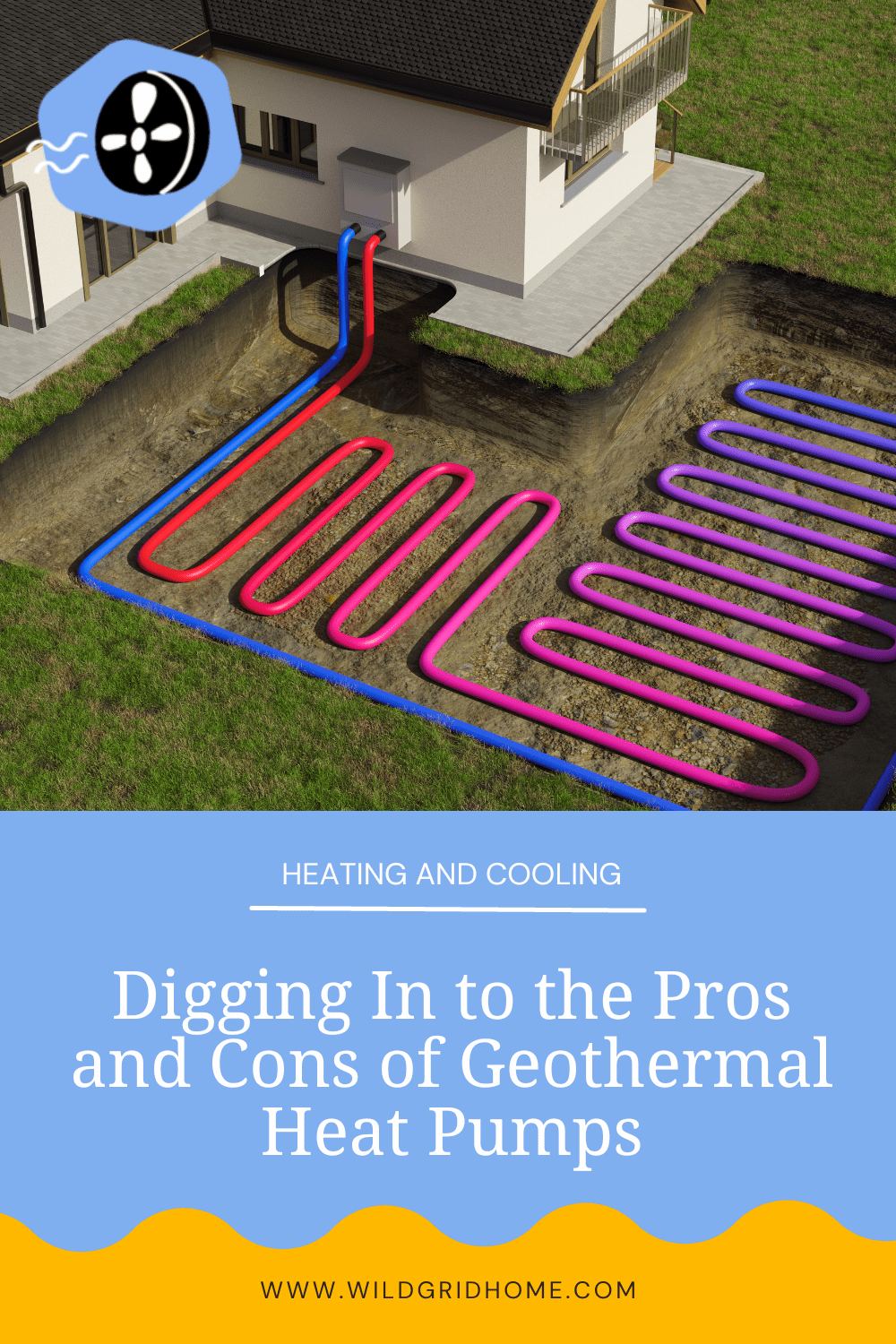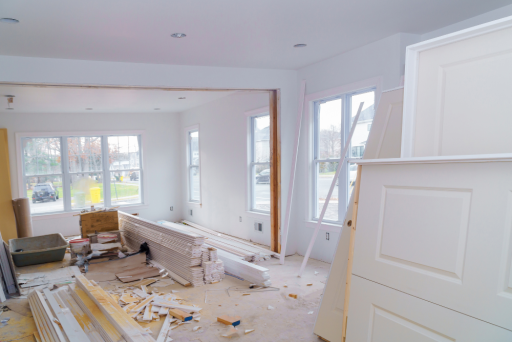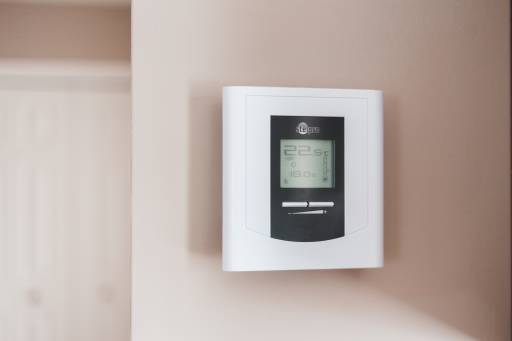Digging Into the Pros and Cons of Geothermal Heat Pumps
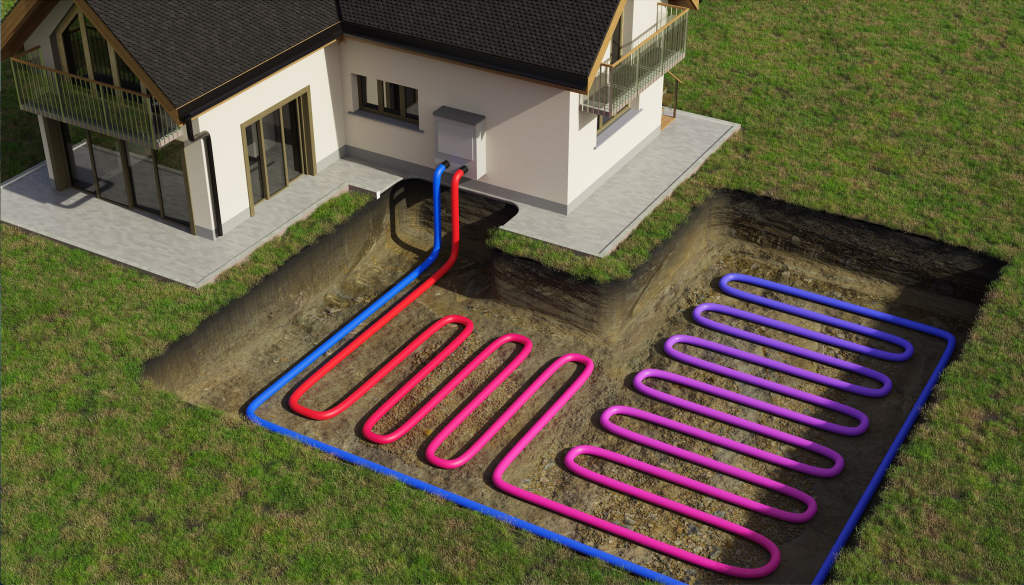
Water. Earth. Fire. Air.
Avatar: The Last Airbender is basically a saga about heat pumps versus natural gas furnaces.
In this blog post, we are taking the opportunity to tell you all about the earth-benders of the HVAC world: geothermal heat pumps.
So, how do geothermal heat pumps work?
Geothermal heat pumps work just like any other kind of heat pump: they run chemicals called “refrigerants” through a continuous cycle of pressurization and depressurization, which causes them to collect and transfer thermal energy from one place to another (you can read more about the ins and outs of that process here).
The thing that differentiates geothermal heat pumps from other more common types of heat pumps is the source – or sink – of that thermal energy.
Most heat pumps are air-source. When they are in heating mode, they gather thermal energy from the outside air and transfer it to the air in your home. When they are in cooling mode, they do the opposite: they gather thermal energy from the air in your house and send it outside. 💨
Geothermal heat pumps are, as you might have guessed, earth-source. That means the source for your heat in the winter is the very ground on which your house is built! 🏡 🌎
The Pros of Geothermal Heat Pumps
Heat pumps are pretty rad in general; they’re more efficient, more cost effective, more versatile, and more environmentally-friendly than any other HVAC option out there. Not to mention healthier and safer, too. 💃
But geothermal heat pumps are often hailed as being the raddest of the rad.
Here are the biggest pros of geothermal heat pumps:
The Name of the Game: Energy Efficiency
Like I said: heat pumps are generally considered to be the most energy efficient method of heating and cooling available to homeowners today.
But in extremely cold weather, air-source heat pumps reportedly start to require a LOT of electricity to heat your home to a comfortable temperature.
The definition of “extremely cold” in this context is a little nebulous – some sources claim that an air-source heat pump can’t handle any temperatures below freezing, others claim they continue to be effective all the way down to -20 degrees Fahrenheit. 🥶
But the point is this: the efficiency of air-source heat pumps has the potential to be negatively impacted by outdoor temperatures. Decreased efficiency also means decreased savings and decreased environmental benefits. No good. 👎
Geothermal heat pumps are able to entirely avoid this issue of weather-dependent efficiency because of how stable the earth is as a heat source.

January through December, day and night, rain or shine, the temperature just below the surface of the Earth tends to stay between 50 and 59 degrees Farhenheit. In most places, this is warmer than typical winter temperatures and cooler than typical summer temperatures.
This enables geothermal heat pumps to operate at peak efficiency year round, which in turn guarantees you consistent savings and reliable climate control, regardless of the season. 🤑
For those of you who like to see the numbers: geothermal heat pumps are about 2 times as efficient as traditional air conditioners, and 1.5 times as efficient as natural gas furnaces. This superior efficiency can translate to energy bills that are up to 70% less than they would be with a typical HVAC set-up.
This high level of efficiency is by far the biggest advantage of geothermal heat pumps.
Your Easiest Relationship: Long-Lasting and Low Maintenance
Most heat pumps consist of two units: one that goes inside, and one that goes outside. The outside unit undergoes regular wear and tear, courtesy of the elements. It also has to work hard to function in extreme weather conditions, as discussed above.
The component of geothermal heat pumps that correspeonds to the outdoor unit of more common air-source heat pumps is, you guessed it, buried underground. This means that it is protected from inclement weather, and from conditions that would require it to work harder than it usually needs to.
Because of this, the underground heat collector requires little to no maintenance and lasts a very long time: about 50 years, barring any unusual circumstances.
The indoor component of a geothermal heat pump lasts as long as that of any other type of heat pump: approximately 24 years.
So, if you decide to invest in a geothermal heat pump, it will serve you for a long, long time, without much fuss along the way. 👵
Pretty Peace and Quiet
This pro of geothermal heat pumps doesn’t have the same wow factor as the other two, but it is worth mentioning all the same.
The outdoor equipment of AC units and air-source heat pumps tends to be noisy because of the fans used to draw in air. They are also not the sleekest pieces of machinery that humankind has ever come up with. 🤖
The corresponding portion of a geothermal heat pump does not use fans, which eliminates the potential for noise pollution. It is also tucked away underneath your yard instead of conspicuously sitting in the corner of it.
So if you opt for a geothermal heat pump, there is no humming hunk of plastic and metal marring the scenery and killing the vibes when you take the time to enjoy your outdoor space. Again, this is not the biggest draw of geothermal heat pumps, but it’s definitely a nice perk for homeowners who like to spend a lot of time in their yard. 🌻

The Cons of Geothermal Heat Pumps
Despite being the most energy efficient HVAC option on the market today, geothermal heat pumps are not all that common. That’s because they’ve also got some serious cons. 😵💫
Money, Money, Money…
We know what you’re thinking: OK, sounds great. But how much do geothermal heat pumps cost?!
Geothermal heat pumps are pricey. The actual equipment is not much more expensive than any other type of heat pump: between $3000 and $6000 on average. But with geothermal heat pumps, the real cost comes with the installation.
Installing the underground heat collector is a major undertaking, and because geothermal heat pumps are not a dime a dozen, there are a limited number of professionals who are up to the task. Their services are priced accordingly. 💰💰💰
Installation costs will vary depending on the property, but the total tends to fall somewhere in the range of $10,000 to $30,000. Some sources even put the upper end of that range at $50,000 or more. It goes without saying: that kind of money is not chump change. A geothermal heat pump is a serious investment. 😮💨
The money a geothermal heat pump saves you on monthly energy bills (courtesy of their efficiency) does allow you to recoup the initial costs relatively quickly, depending on your circumstances.
If you install your geothermal heat pump while you are building your house from the ground up, that timeline can be as short as 4-7 years. If you are replacing an old HVAC system in a long-standing house, it could take 10-12 years. 🕰️
There are various rebates and incentive programs available to help sustainably-minded homeowners handle the upfront costs associated with geothermal heat pumps (and heat pumps in general). As geothermal heat pumps become more common and more HVAC experts specialize in their installation, the prices may also become more competitive.
But at the moment, the enormous cost of geothermal heat pumps makes them the least accessible option for homeowners who want to join the heat pump revolution.
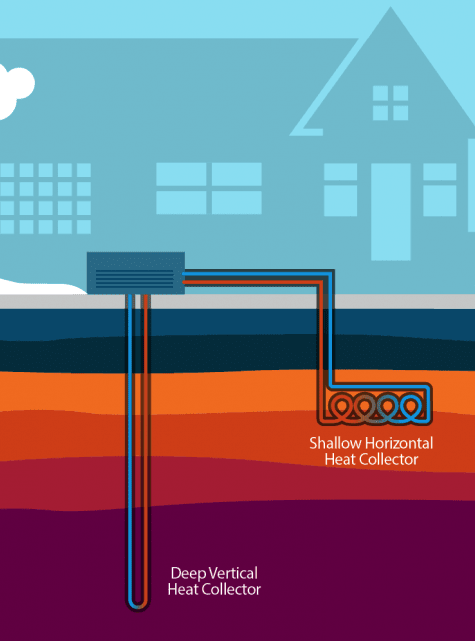
Speaking of installation…
In addition to costing an arm and a leg (and another arm 💪), the installation of a geothermal heat pump can be an invasive and disruptive process.
This is because the underground heat collector needs to be put… underground (surprise!). That process can take weeks, as it requires burying over a thousand feet of pipe in one of two configurations: a deep vertical configuration or a shallow horizontal configuration. ⚒️
Underground heat collectors that are set up in the deep vertical configuration are buried in holes that are drilled 200-500 feet down into the earth. Those set up in the shallow horizontal configuration are buried in ditches that are about 4 feet deep and 100-400 feet long.
Side note: some heat pumps run heat collectors through an underground well or pond. While these technically fall under the umbrella of geothermal, they come with a unique set of challenges, and are often classified as water-source.
The chosen layout of your underground heat collector will depend on your property. For instance, if your house sits on a big lot, a shallow horizontal set up might make more sense than a deep vertical set up. If you live on a smaller lot, the opposite might be true. For some properties, a geothermal heat pump might not be an option, period. 😤
The con of intense installation is only really applicable for those who are updating their homes with geothermal. With new construction, the installation of a geothermal heat pump might lengthen the process, but it won’t be nearly as disruptive as in the case of a retrofit.
Replacing an existing HVAC system with a geothermal heat pump might require tearing up a driveway or destroying a nicely landscaped yard, which will ultimately result in extra costs once the project is finished.
In short: the installation of a geothermal heat pump might amount to an expensive nightmare. 👺
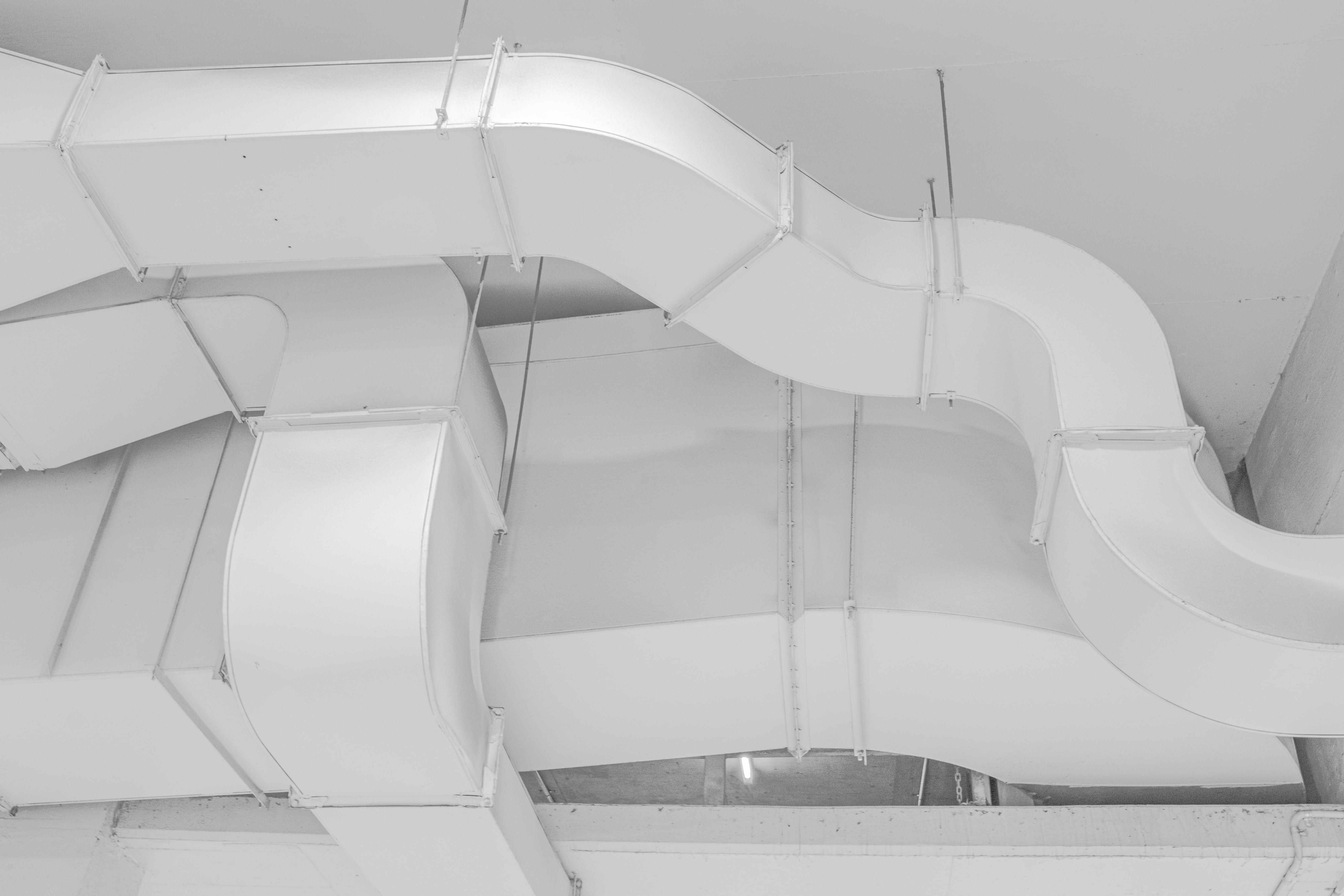
Ducts
The final con of geothermal heat pumps is that they are centralized HVAC systems, meaning they have to be ducted. This is a con because lots of heated and cooled air is lost in ductwork, which is a waste of energy and a waste of money.
As was the case with the pros, this con does not have the same ✨umph ✨ as the first two: the energy efficiency of geothermal heat pumps may means that even with ducts, you’ll still ultimately be saving energy and money. But why pass up an opportunity to rag on ducts. 😎
Wildgrid’s Take
In general, Wildgrid recommends opting for an air-source heat pump over a geothermal heat pump.
This is mainly because of how expensive the installation is. Air-source heat pumps are a perfectly suitable HVAC option for the majority of homes, and they still provide ample savings, but without the enormous upfront cost. 💵 💵 💵
Whatever you decide is the best fit for you and your home, Wildgrid can help you find a local installer and figure out which rebates you might qualify for! Check out our new planning tool for more help.
